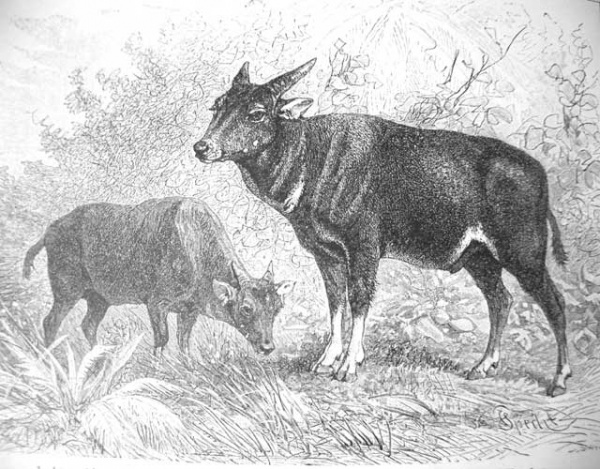Facts About Mountain Anoa
The anoa, also known as the dwarf buffalo or sapiutan, are a distinctive subgenus of Bubalus endemic to the island of Sulawesi in Indonesia. There are two species of anoa: the mountain anoa and the lowland anoa. These small buffaloes inhabit undisturbed rainforests and resemble miniature water buffaloes, weighing between 150–300 kg. Regrettably, both species have been classified as endangered since the 1960s, with their populations continuing to dwindle. It is estimated that fewer than 5,000 individuals of each species remain. The primary threats to their survival include hunting for their hides, horns, and meat, as well as habitat loss due to expanding human settlements.
Research on anoa skulls has shown evidence of hybridization and interbreeding between the two species, raising questions about their distinctness. However, DNA analysis has confirmed that the mountain anoa and the lowland anoa are indeed separate species. The lowland anoa, which stands just over 90 cm at the shoulder, is closely related to larger Asian buffaloes and typically inhabits lowland forests and wetlands. Conversely, the mountain anoa is even smaller, standing at about 70 cm at the shoulder, and is found in forested mountainous regions. Both species are native to Sulawesi and the nearby Buton Island.
Sulawesi is a hotspot for endemic species, including the anoa. The mountain anoa resides at higher elevations within forested mountains, while the lowland anoa is found in lowland forests at lower elevations. Despite their different habitats, the ecological needs of both species overlap, and they can sometimes be found in the same regions. Physically, anoas have thick fur, straight horns, and a robust hide, akin to their bovine relatives.
Conservation efforts for anoas are urgently needed as their populations are rapidly declining. The primary threats to their survival are hunting by local villagers and habitat loss. Many villagers are unaware of conservation issues, and habitat fragmentation due to logging exacerbates the situation. Improved communication with researchers regarding hunting practices is a positive step, but stronger management strategies are essential to protect these unique and endangered animals.

 Malaysia
Malaysia